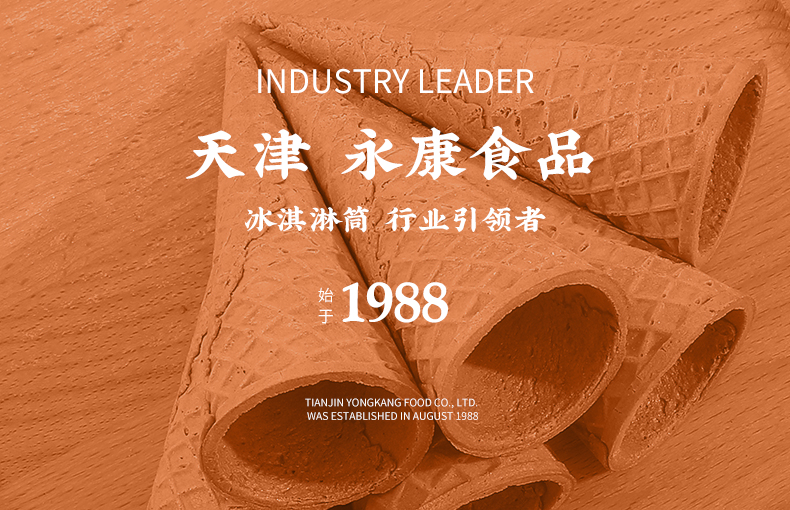In recent days, Liu Huanjing from Jingjia Village in Tangwang Town, Licheng District, Jinan City, Shandong Province, and Tian Mingliang from Tianjia Village in Yaoqiang Town reported that their eggplants were showing symptoms of wilting and yellowing leaves. They requested an on-site inspection and solution. On the same day, I visited the eggplant fields of both Liu Huanjing and Tian Mingliang. Upon arrival, I observed that many plants were already exhibiting yellowing and wilting, which are typical signs of Verticillium wilt in eggplants.
Eggplant Verticillium wilt is one of the most common soil-borne diseases affecting eggplants. Once it takes hold, it is extremely difficult to control, and the damage can be severe. If not addressed promptly, it can lead to widespread outbreaks in the field.
The disease usually appears after fruiting has begun, and its severity increases significantly during the fruiting stage. At the early stages, the middle and lower leaves of the plant turn yellow or show chlorosis, and this condition gradually moves upward. As a result, parts of the branches and leaves become yellow and die, while the fruits remain soft. This is why the disease is also known as "half crazy." In severe cases, the entire plant may wither, and the leaves dry up, leaving only thin, brittle stems. When the roots and stems are peeled, the vascular bundles often appear brown, leading to another name for the disease: "black heart disease."
The primary cause of Verticillium wilt is a soil-borne pathogen, mainly *Verticillium dahliae*. The pathogen survives in the soil in the form of mycelium, chlamydospores, and pseudosclerotia, especially in the remains of infected plants. These spores can remain viable in the soil for 6 to 8 years. The pathogen typically enters through root wounds, but it can also invade through root hairs and spread within the plant’s vascular system. Continuous cropping or poor crop rotation practices can lead to a buildup of the pathogen in the soil, making the disease more severe.
Temperature plays a significant role in the development of the disease. The optimal temperature range for disease development is between 20°C and 25°C. The longer the daily average temperature remains below 15°C during the eggplant's growth period, the earlier and more severe the outbreak tends to be. However, when temperatures exceed 28°C, the disease is generally suppressed.
Other factors that contribute to the occurrence of Verticillium wilt include heavy clay soils, saline-alkaline soils, double cropping, excessive nitrogen fertilizer use, root damage, shallow planting, transplanting seedlings under intense sunlight, cracked soil, and watering during cold weather. All of these conditions can create favorable environments for the pathogen to thrive.
To prevent and control Verticillium wilt, several measures can be taken. Before transplanting, applying microbial agents at a rate of 20–30 kg per acre can help suppress the disease. If the disease is already present, a solution of "Micro Multi-Purpose" (800 grams diluted 300 times) can be used to water each plant. Foliar sprays should also be applied. Before the onset of symptoms, a mixture of thiazole zinc (400 times dilution) and natural alizarin ("Shu-Feng 481") at 6000 times dilution can be sprayed on the leaves. Spraying every 8–10 days, up to two or three times, is recommended.
For plants that have already developed symptoms, any roots showing signs of rot should be removed immediately. For plants just beginning to show wilting, a 300-fold dilution of "Micro Multi-Purpose" or thiazole zinc (400 times dilution) can be applied to the roots. Alternatively, 50% aluminum chloride (300 times dilution) or 60% aluminum sulfate (500 times dilution) can be used for irrigation. These methods can help reduce the spread and impact of the disease.
Crispy Ice Cream Cone
Ice cream cone
We have more than 30 years of production technology, the use of advanced production equipment to ensure that the appearance of each crisp cylinder is complete, the pattern is clear. We also have the most stringent inspection process to ensure that the quality of each cylinder is up to standard. Our logistics is transported by professional logistics companies to ensure the quality of products in transit.
Our crispy cone is positioned in the middle and high-end ice cream market, Wall's(China), Yili, Mengniu are our long-term partners. The 18 degree crisp cone independently developed by our company is specialized in Italian handmade ice cream.
Yongkon looks forward to cooperating with you!
Crispy Ice Cream Cone,Cake Crisp Skin Snack,Crust Egg Tart Wafer Cone,Wafer Cone With Lace Edge
Tianjin Yongkang Food Co., Ltd , https://www.yongkangfood.com
